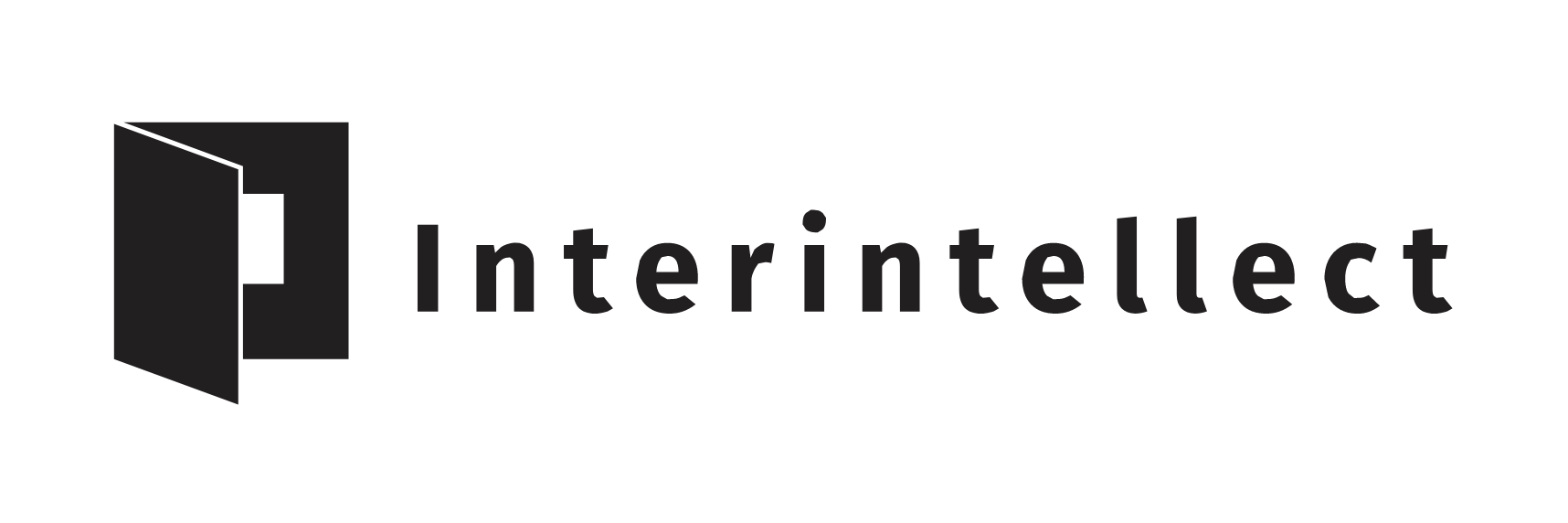The essay was originally published by Phil Filippak on his blog
In the wake of my first Interintellect salon, I decided to recap what we discussed there and compose a concise guide to powerful epistemology. It is probably better to say “correct” or “proper epistemology” as David Deutsch suggests in his work, but I’m not perfectly sure we may only have one global optimum here so I will leave some room for other possible interpretations.
I like short, catchy lists of rules. Large theories are difficult to grasp while 3 or 4 tips are easy to use on a regular basis, and you can iterate over different sets of those, and they help immensely to internalize complex ideas and make them part of your intuition. We’ll get to my current list in a bit, but first I want you to have a tour of the foundational concepts that form the edifice of the theory of knowledge.
Good explanations
The basic building block used to construct your epistemology”
The primary trait of a good explanation is that it is hard to vary. If you can express it in a formula, that would mean that its coefficients are rigid, and you cannot change signs on a whim, and so on. If your explanation is a narrative, ensuring that it’s hard to vary often means being able to scratch a chart of it with its parts connected strictly, with no leeway to compose it in a different way.
If your explanation passes the unchangeability criterion, you need to make sure the underlying hypothesis is falsifiable and withstands testing with evidence. There’s a lot of literature on falsifiability so I’d better shun reiterating it.
Finally, a frequent property of a good explanation is phenomenal reach: it tends to cover much more than is initially thought of it. My favorite example is mathematics: initially discovered and used for counting discrete objects, that field of knowledge has generated a colossal number of theories from tiny collections of axioms.
Criticism
The tool helping you to get rid of bad “epistemologies”
Probably the most important skill for a rationalist is to know how to accept criticism. That doesn’t only include listening to other people’s opinions but also facing the hard truths coming from reality itself. When you witness evidence that opposes your assumptions, you may reject it which is often the easiest path, or you can accept it and initiate a refactoring of your ideas database. It isn’t enough simply to know that we are fallible and have our blind spots. What matters is the readiness to act on that.
There are two sides to this aspect I’d love to highlight. Besides accepting criticism, you should also learn how to provide criticism. These are the two counterparts that interface with each other and that form the long-lasting tradition of criticism. It’s worth reframing those as the client and server sides of an API: the more well-thought an interface is, the more efficient knowledge transmission and creation will be.
Creativity
The mechanism of generation and iteration over epistemic models”
Epistemology is itself a meta-model: it is the model of how the model of your mind handles its model of the world. And thus it’s subject to the creative process of generating and testing new models as well!
But wait… what does creativity mean in the first place? Personally, I define it as this: we have a model of the world in our minds, and when we want to learn or invent something, we have to build a new part of that model and test it against the existing structure. If it fits there at first glance, we can proceed and test it more rigorously, especially against reality evidence checks. If it doesn’t, we simply break it down and use the scraps for new attempts. The boiling cauldron is our mind, and the process of boiling is creativity.
A new part of the model undergoes many changes and mutations before it passes all the “compatibility tests” inside your mental virtual machine. Many people start using one of the new models as the source of their beliefs long before that happens, and almost always before the new model passes the reality checks. As a critical rationalist, you should be putting a lot of effort to avoid that, which leads us to the practical notions of how to achieve that.
My current epistemic lenses
Long ago, when I was a young and inexperienced web developer and wanted to create video games, I read a book by Jesse Schell that is called The Art of Game Design: A Book of Lenses. It is a great read and I can recommend it to everyone, even if you don’t plan to make games. Why I brought it up is because that book features a list of different “lenses” that can be used to look at a game mechanics draft and evaluate its fitness to a specific aspect of game design. I liked the idea of wielding a collection of such lenses so much that I implicitly apply it to almost everything in my life, and it’s just about time to make it explicit for epistemology.
Although there are 100 game design lenses, no one is expected to apply all of them at once. And when you are trying to internalize a large theory and not build a game, it is probably wiser to pick a few snappy rules for your list at random, and then change that list once every several months.
So for now, my list of epistemic rules:
- Check if the explanation you are given is good. If it’s not good, don’t argue about its truthfulness but simply discard it and proceed. This rule is great for periods of intensive learning as it gracefully cuts off all fruitless discussions of e.g. politics that may arise if you are not careful enough.
- Apply Occam’s razor to meta-models, including epistemology itself. My go-to example is instrumentalism which introduces the redundant property of unknowability. It adds nothing to the consequences of using instrumentalism over, say, critical rationalism except for that unnecessary complication.
- Have no beliefs at all. I think this is very important to avoid beliefs. It’s enough to have a Bayesian distribution of probabilities over known unknowns and knowns, with a slice of the probability space dedicated to unknown ones. Having beliefs makes you more prone to error and can eventually lead to painful rigidity.
Discovering heuristics and inventing rules is cool but it’s also important to avoid time sinks and wasted effort swamps that occur around there. Be mindful and use your creativity to reach the escape velocity for every local minimum you encounter.
And share your list of epistemic rules!
Featured image by Justin Main.

